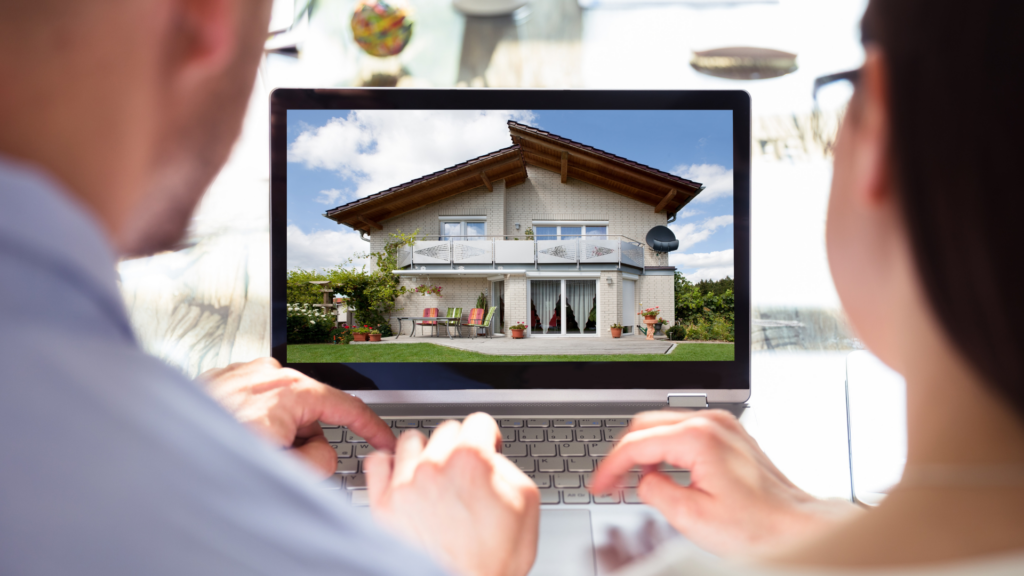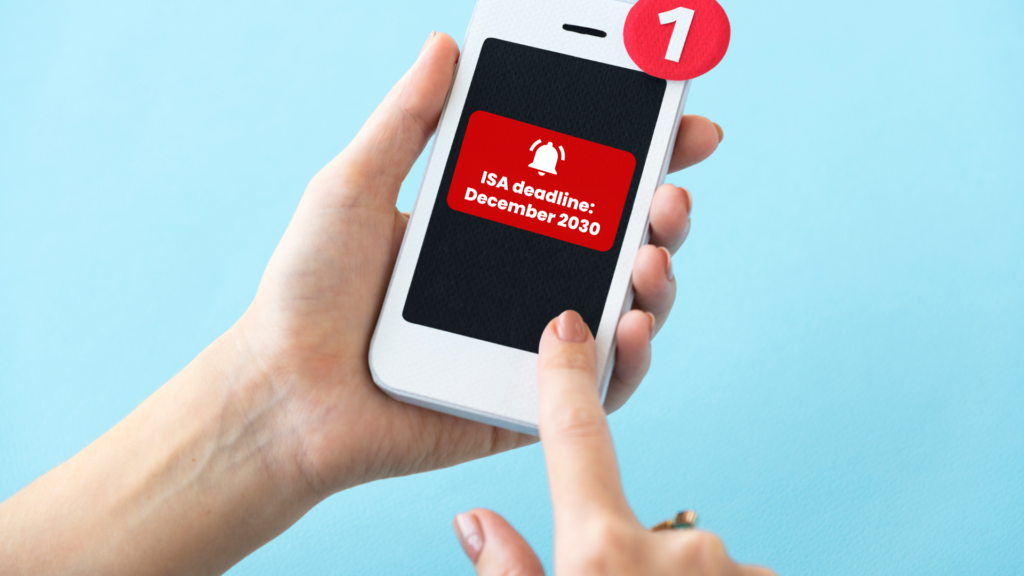- What is a Shared Ownership Mortgage?
- How Do Shared Ownership Mortgages Work?
- What is âStaircasingâ and When Can I Do It?
- Who Can Apply for a Shared Ownership Mortgage?
- How Much Can I Borrow in a Shared Ownership?
- Does The Scheme Apply To All Types of Properties?
- Can You Sell a Shared Ownership Property Anytime?
- Should You Apply for a Shared Ownership Mortgage?
- The Bottom Line
Shared Ownership Scheme Explained
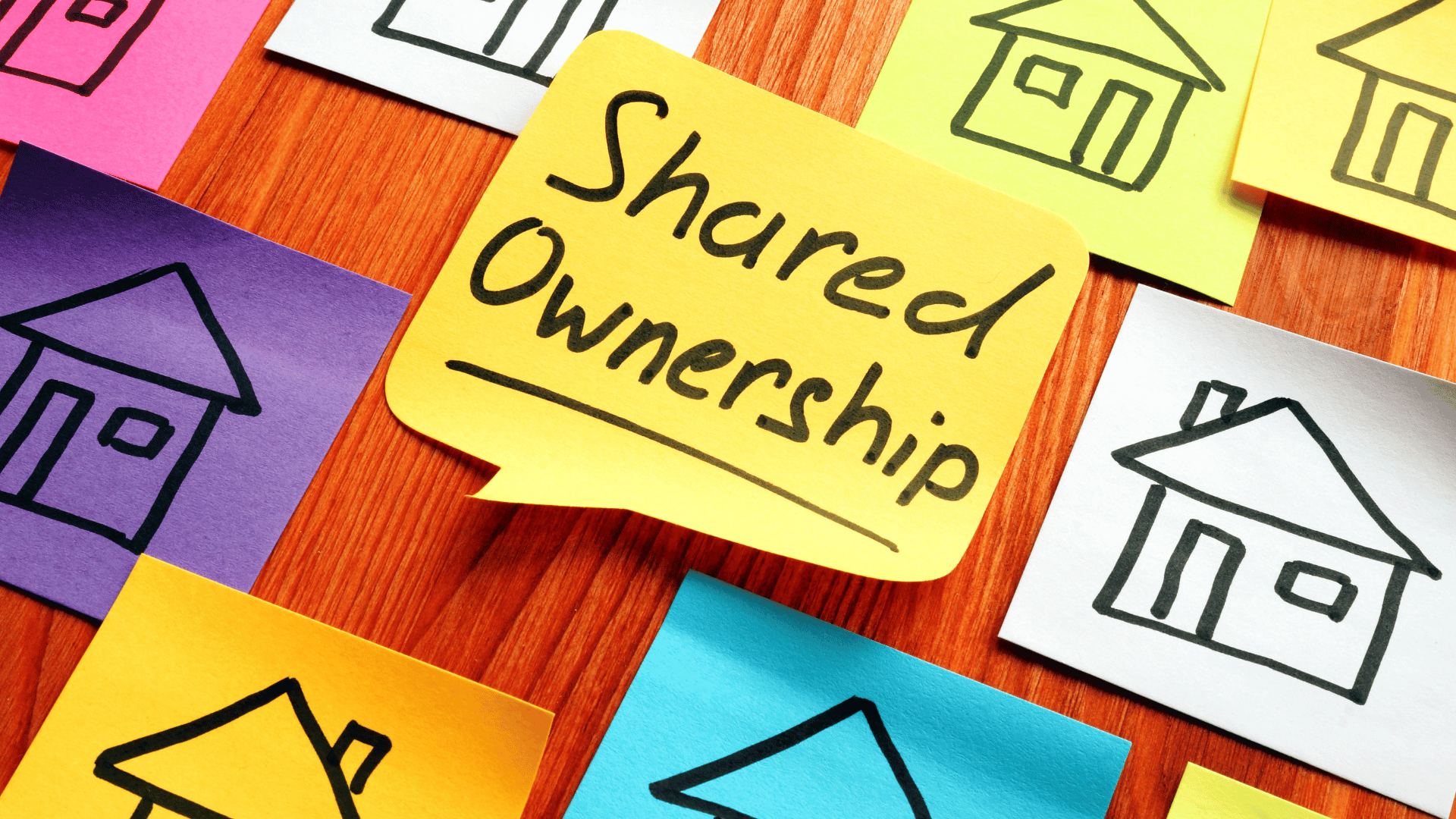
Imagine owning a piece of your dream home sooner than you thought possible. If you’re eyeing the property ladder in the UK but find the prices daunting, the shared ownership scheme could be your golden ticket.
This guide is your first step toward making that dream a reality.
Here, we’ll walk you through everything you need to know about shared ownership—how it works, who’s eligible, and how to navigate the process.
What is a Shared Ownership Mortgage?
A shared ownership mortgage is a government plan to help you buy your own home more easily. It lets you own part of your home – usually between 10% and 75% of it, and it’s often a new place like a flat or house.
The part you don’t own is held by a housing association or the builder of the house, who becomes your landlord.
This scheme is often called part-buy, part-rent. And it’s best for anyone who cannot buy a house outright.
With this plan, you need a smaller deposit and face lower starting costs than usual, making it easier for you to get onto the property ladder.
How Do Shared Ownership Mortgages Work?
When you apply for a shared ownership mortgage, you would need to have a mortgage and deposit to finance the share you’re buying.
For instance, if you’re buying a 30% share of a £200,000 flat, that’s £60,000. You might then put down a 10% deposit, which is £6,000, and get a mortgage for the remaining £54,000.
On top of your mortgage, you’ll also pay rent on that part of the property you don’t own. This rent is a small percentage of the value of the share you don’t own, often between 2% and 3% per year.
So, if you own 30% of that £200,000 flat, you pay rent on the remaining 70%, which could add up to about £350 every month.
Don’t forget, there are extra costs. Since these properties are leasehold, you’ll have to pay annual ground rent and a monthly service charge.
And then there’s stamp duty, which can be handled in two ways: either make a one-off payment based on the property’s total market value or pay it in stages.
If you choose to pay upfront, it’s called making a ‘market value election’ for stamp duty. If you pay in stages, you only pay stamp duty on the initial purchase and not again until you own over 80% of the property.
You can pick the payment method that suits you best, especially since each option has benefits depending on your financial situation.
Over time, you have the option to buy more of the property, known as staircasing. As you buy more shares, your rent decreases.
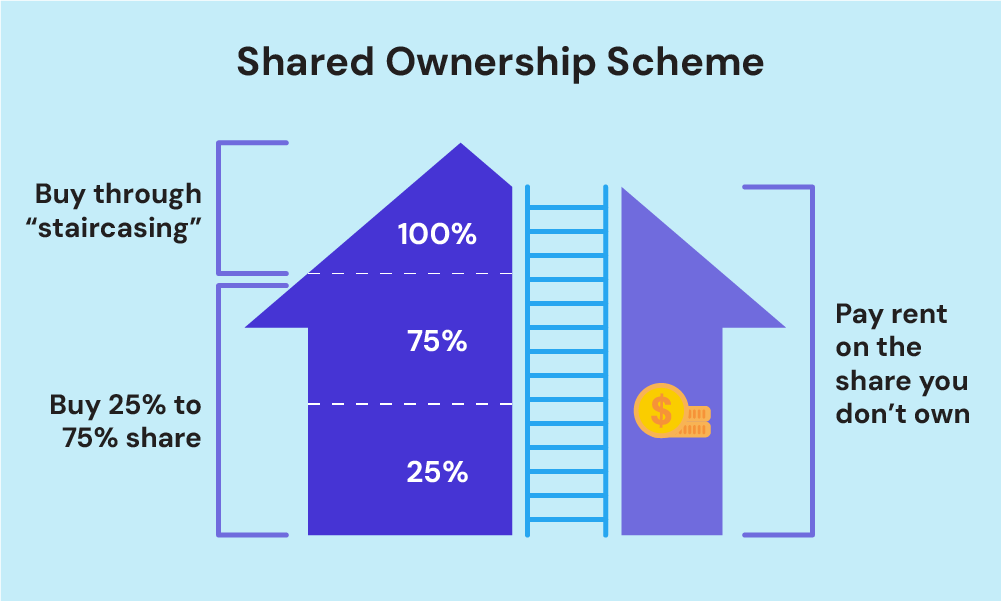
What is ‘Staircasing’ and When Can I Do It?
Staircasing lets you buy more of your home when you’re ready, cutting down the rent you owe. You can start with buying more of your home in chunks, usually 10% or more.
For homes bought after 1 April 2021, you can even buy bits as small as 1% each year for up to 15 years.
The price for additional shares is based on your home’s current market value, not what you paid at first.
So, if your home’s value goes up, the cost to buy more shares goes up too.
Imagine you own 30% of a home worth £200,000 and want to own more. If the home’s value rises to £250,000, buying more of it will cost you more than before.
There are also fees for each time you buy more of your home. These can vary but are decided by the landlord.
Before you buy more, you’ll need a valuation from a certified surveyor to figure out how much the extra shares will cost.
This valuation looks at the current value of your home and doesn’t count any improvements you’ve made, as long as you get permission from the landlord.
In short, staircasing is a way to slowly own all of your homes, which can lower your rent.
Who Can Apply for a Shared Ownership Mortgage?
To be eligible for a shared ownership, here are specific criteria you must meet:
- Your household income must be £80,000 a year or less (£90,000 in London).
- You must show that you can’t fully afford the deposit and mortgage for a suitable home.
- One of these must be true: You must be a first-time buyer, a previous homeowner who can’t afford a new home, forming a new household, or an existing shared owner looking to move.
- You must be eligible for a mortgage. This means you’re able to afford the monthly repayments.
How Much Can I Borrow in a Shared Ownership?
In a shared ownership scheme, how much you can borrow depends on a few key factors, just like any other mortgage in the UK. Lenders look at your income, your outgoings, and how much debt you already have.
They use this information to figure out what monthly mortgage payment you can afford without stretching your budget too thin.
Usually, lenders offer a mortgage that’s up to 4.5 times your annual income. However, they’ll also make sure you can handle the mortgage payments plus the rent on the part of the property you don’t own, along with any other living costs.
Your credit history plays a big role too. A cleaner credit history can help you borrow more, as it reassures lenders that you’re good at managing debt.
Lastly, the amount you can borrow also depends on the value of the share you’re buying.
Lenders need a valuation of the property to decide on the maximum loan amount, ensuring it matches the property’s share you’re aiming to buy.
So, when thinking about shared ownership, it’s important to get a clear picture of your finances and possibly speak to a trustworthy mortgage broker to understand how much you might be able to borrow.
To get started, send us an enquiry. We’ll link you with a top mortgage broker specialising in shared ownership.
Does The Scheme Apply To All Types of Properties?
The shared ownership scheme doesn’t apply to all types of properties.
Mainly, it’s available for specific new-build homes or existing properties sold through a housing association under the scheme.
You can’t just pick any home on the market and apply shared ownership to it. To explore your options, you should connect with your local Help-To-Buy agent.
The agent you contact depends on where you live:
- London: Share to Buy
- England (outside London): Help to Buy
- Northern Ireland: Co-ownership
- Scotland: Shared ownership
- Wales: Shared ownership
These agents can guide you through the application process, including affordability checks, and introduce you to the available properties.
Once you’re deemed eligible, you’ll have a clearer picture of the share size you can buy.
At this point, it’s common for the housing association or developer to recommend speaking with a mortgage broker about securing a mortgage. But you’re also free to approach lenders directly if you prefer.
This way, you’ll find a property that suits your needs and budget within the shared ownership framework.
Can You Sell a Shared Ownership Property Anytime?
Yes, you can sell your shared ownership property at any time.
If you own the whole home, you’re free to sell it through an estate agent just like any other property.
However, if you don’t own 100%, you need to let your landlord know you wish to sell. This way, your landlord gets a chance to find a buyer for your part.
After telling your landlord you want to sell, they have a set time, called a ‘nomination period’, to find a buyer. This period can be 4, 8, or 12 weeks, depending on your lease terms.
Sometimes, your landlord might buy back your share, but this is rare and only if they have the money.
If no buyer is found within this period, you can then sell your share on the open market.
Should your landlord find a buyer during this time, the sale price will match the current market value of your share, determined by a RICS-registered surveyor’s valuation.
There are exceptions where the landlord’s nomination period doesn’t apply, such as in cases of death or court orders. Always consult a legal adviser in these situations.
For selling, a RICS-registered surveyor must value your home, and either you or your landlord will arrange this.
Remember, you’re responsible for the valuation cost. Additionally, your landlord may charge a fee for selling, and you’ll need to cover your legal fees.
It’s important to know these costs upfront, so check with your landlord or your lease documents.
Please note though that if your home is in a ‘designated protected area’ with a mandatory buyback lease, selling on the open market isn’t an option.
Your landlord will either purchase your home or find someone else who will. Always check your home’s ‘key information document’ to know your lease type.
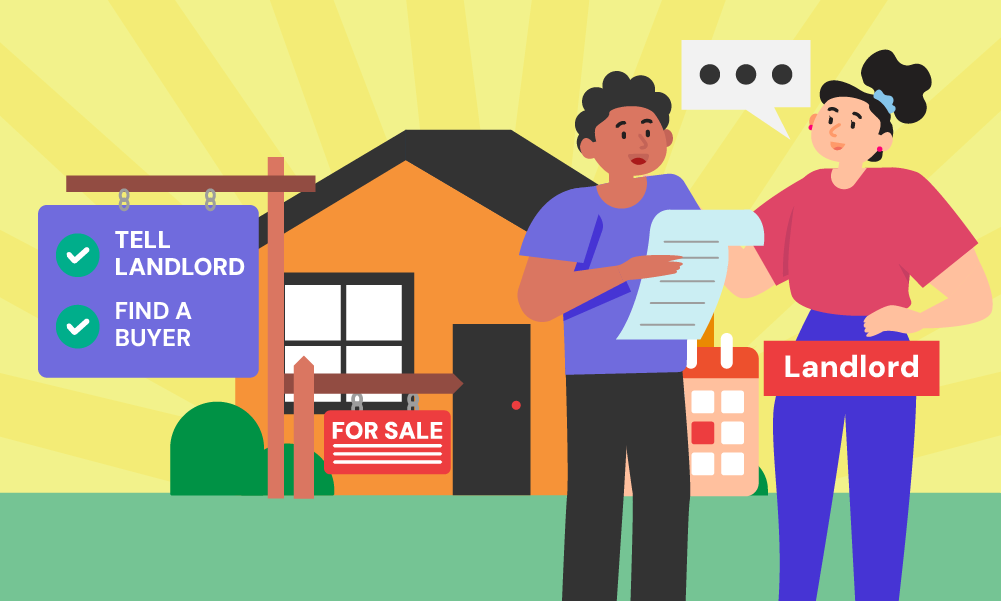
Should You Apply for a Shared Ownership Mortgage?
Deciding on a shared ownership mortgage in the UK involves weighing its advantages and disadvantages.
Here’s a breakdown to help you determine if it’s the right choice for you.
Pros
- Start Owning Sooner. With a shared ownership mortgage, you can start owning a home sooner than you might with traditional methods, even if you can’t afford a large deposit or the full mortgage on a property.
- Reduce Initial Costs. The initial costs, including the deposit, are often lower compared to buying a home outright, making it easier to get onto the property ladder.
- Flexibility to Buy More. Over time, you have the option to increase your ownership through staircasing, potentially leading to full ownership.
- Supports Various Buyers. Whether you’re a first-time buyer, someone with a disability, or you’re finding it tough to re-enter the housing market, shared ownership can offer a viable path to homeownership.
Cons
- Limited Property Types. You’re restricted to properties available through the shared ownership scheme, which might not cover all types of locations you’re interested in.
- Monthly Costs Can Add Up. Besides your mortgage, you’ll also need to pay rent on the share you don’t own, which can add up, especially if you buy a smaller share of the property.
- Restrictions on Selling. Selling a shared ownership property can come with more hoops to jump through compared to selling a fully owned home, including giving the housing association the chance to find a buyer first.
- Potential for Additional Fees. Staircasing to increase your share can involve additional costs, like valuation fees and legal expenses, which you need to consider.
The Bottom Line
Shared ownership mortgages can be your stepping stone to owning a home if buying one outright seems too daunting. This approach is especially handy if the regular housing market feels out of reach.
It mixes the affordability of renting with the benefits of homeownership, making it an appealing choice for many in the UK.
Considering a shared ownership mortgage? Working with a skilled mortgage broker can save you both time and hassle.
If you’re unsure where to start, reach out to us. We’ll connect you with a trusted broker tailored to your mortgage needs.
Get Matched With Your Dream Mortgage Advisor...

Frequently asked questions
Can I make changes to my shared ownership home?
Yes, you can decorate and make your home feel like yours. However, for big changes like altering the structure, you’ll need to get permission. If you’re thinking about getting a pet, especially in a flat, check your lease first as there might be rules.
Is a shared ownership mortgage right for me?
Shared ownership could be a good fit if you’re finding it tough to buy a home outright. It’s ideal for first-time buyers, those with limited savings for a deposit, or if you’re unable to secure a full mortgage on your income.
It offers a step onto the property ladder by allowing you to buy a part of a home and rent the rest, making it more affordable in the short term. However, consider if you’re comfortable with the ongoing commitment of mortgage and rent payments, and if the available properties match your needs.
Are there shared ownership homes that accept a 5% deposit?
Yes, there are shared ownership homes that accept a 5% deposit. This makes stepping into homeownership more achievable if saving for a larger deposit is challenging. It’s a great way to start owning your home with a smaller upfront cost.
This article has been fact checked
This article was created, checked, and verified by the expert team at Money Saving Guru. Trust us, you’re in good hands.

